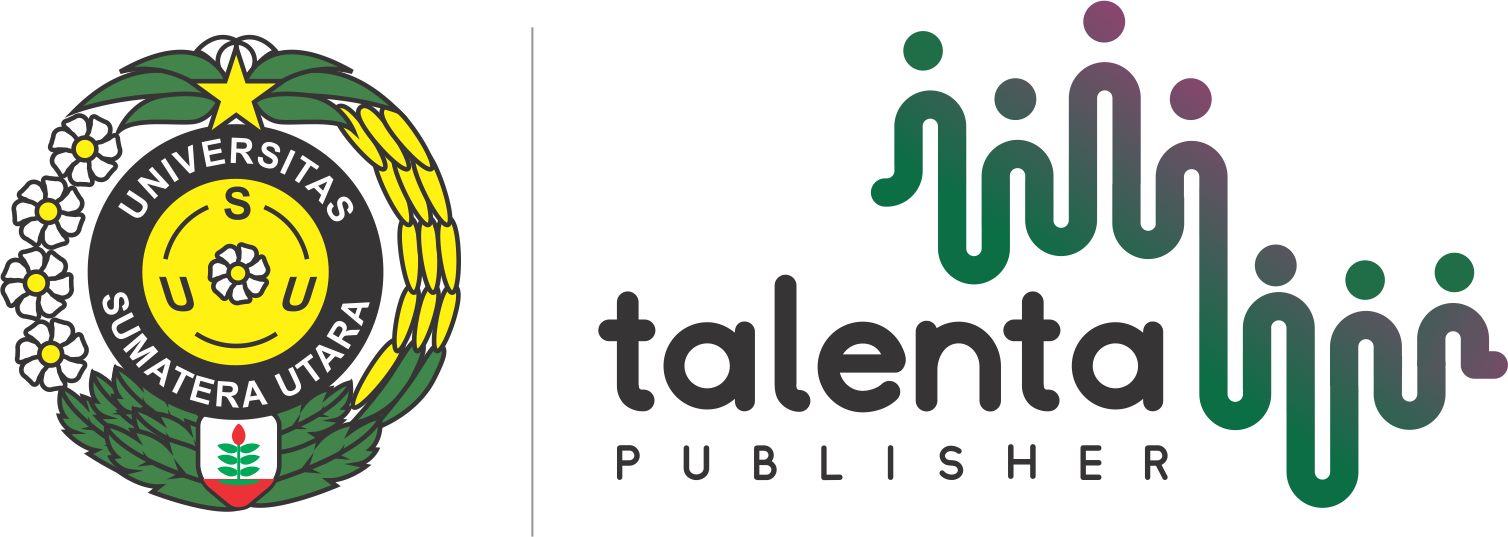Identification of Factors and Variables in Orangutan Habitat Conservation in Central Tapanuli Using DPSIR Approach
DOI:
https://doi.org/10.32734/jeds.v6i01.18152Keywords:
Deforestation, Environmental governance, Fragmentation, Habitat conservation, Stakeholder collaborationAbstract
The habitat of the Tapanuli orangutan remains under threat from deforestation, fragmentation, development, and hunting, with only 11,787.7 hectares left. Conservation efforts have not been optimal due to the lack of a systematic approach and synergy among stakeholders. A long-term, data-driven management model integrating social, economic, ecological, and policy aspects is yet to be developed. This study aims to develop a scenario model for conserving the habitat of the Tapanuli orangutan in Central Tapanuli Regency. The method used in this research includes a literature review conducted over one year (November 2022–November 2023), secondary data collection, field surveys, and the DPSIR framework as an analysis tool. Four scenarios were analyzed: Business as Usual (BAU), land conversion threats, area strengthening policies, and habitat rehabilitation. The model was validated using historical data to ensure the accuracy of the results. The findings indicate that, although national and regional policies exist to protect the Tapanuli orangutan, their implementation is often hindered by weak law enforcement, corruption, and resistance from local communities. Thus, protecting the habitat of the Tapanuli orangutan requires a more holistic approach, including enhanced monitoring, forest restoration, community education, the development of sustainable alternative livelihoods, and multi-stakeholder collaboration. Continuous evaluation and strengthening of science-based policies are essential to ensuring the long-term effectiveness of conservation efforts.
Downloads
Downloads
Published
Issue
Section
License
Copyright (c) 2025 Journal of Environmental and Development Studies

This work is licensed under a Creative Commons Attribution-ShareAlike 4.0 International License.














